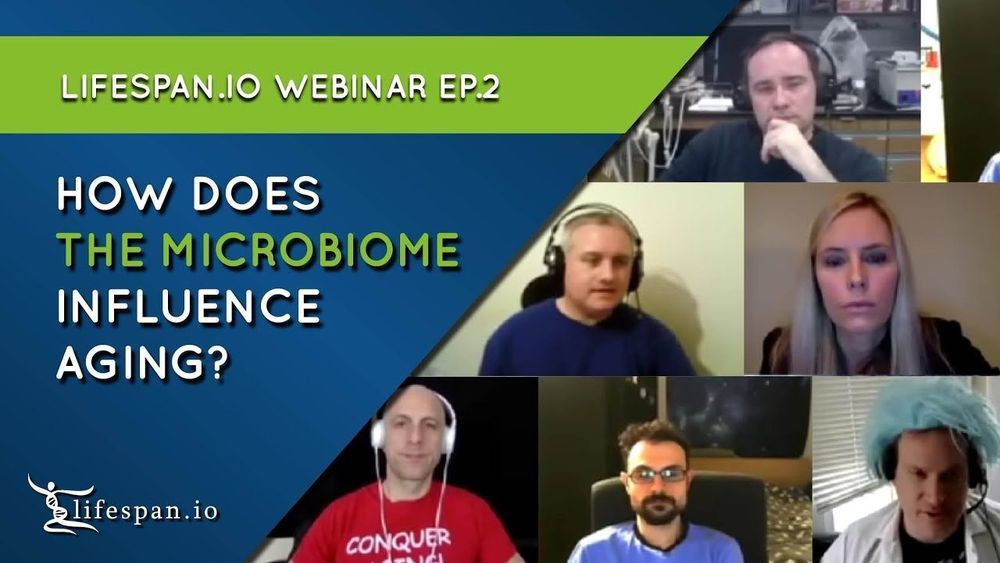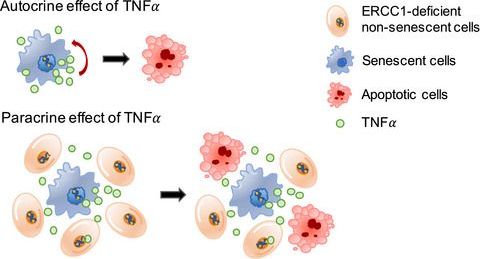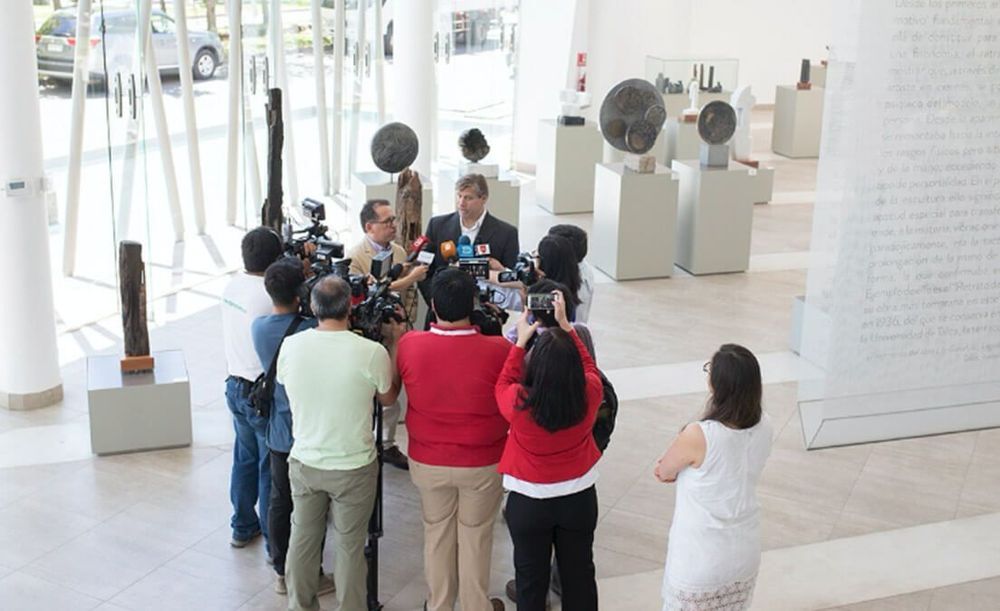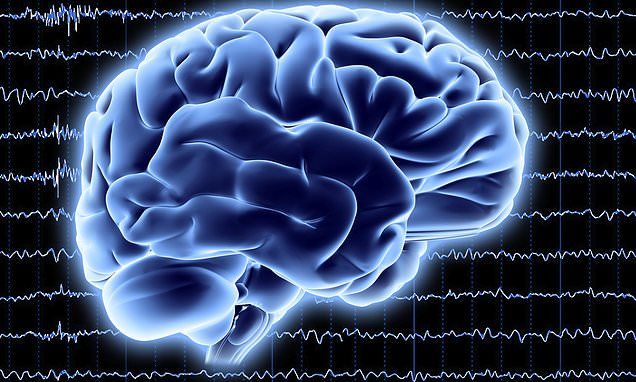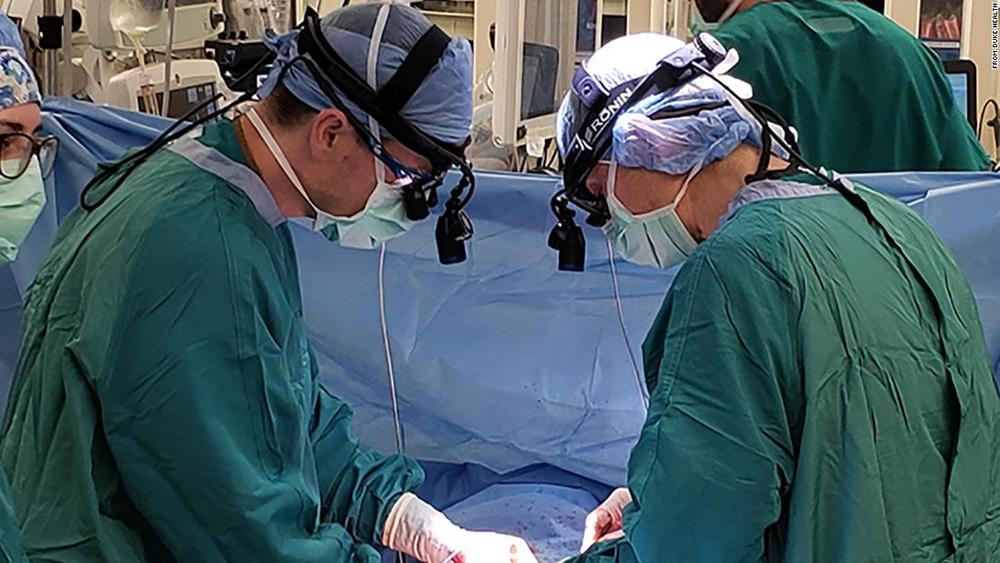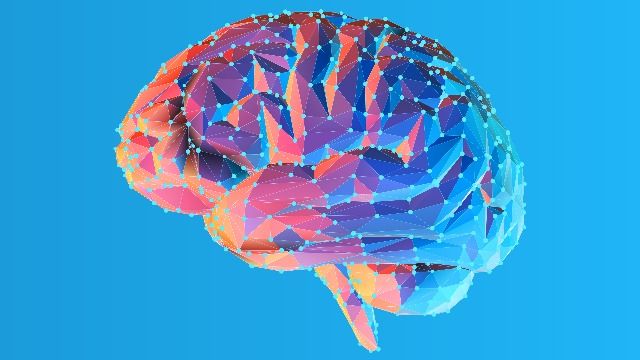The relationship between health and the microorganisms living in the gut has increasingly reached the spotlight in the last few years, and a new study led by researchers at Nanyang Technological University, Singapore (NTU Singapore) sheds more light on the gut microbiome and how it can influence aging.
The gut microbiome
The gut microbiome is a complex ecosystem that includes a varied community of bacteria, archaea, eukarya, and viruses that inhabit our guts. The four bacterial phyla of Firmicutes, Bacteroidetes, Proteobacteria, and Actinobacteria comprise 98% of the intestinal microbiome.
